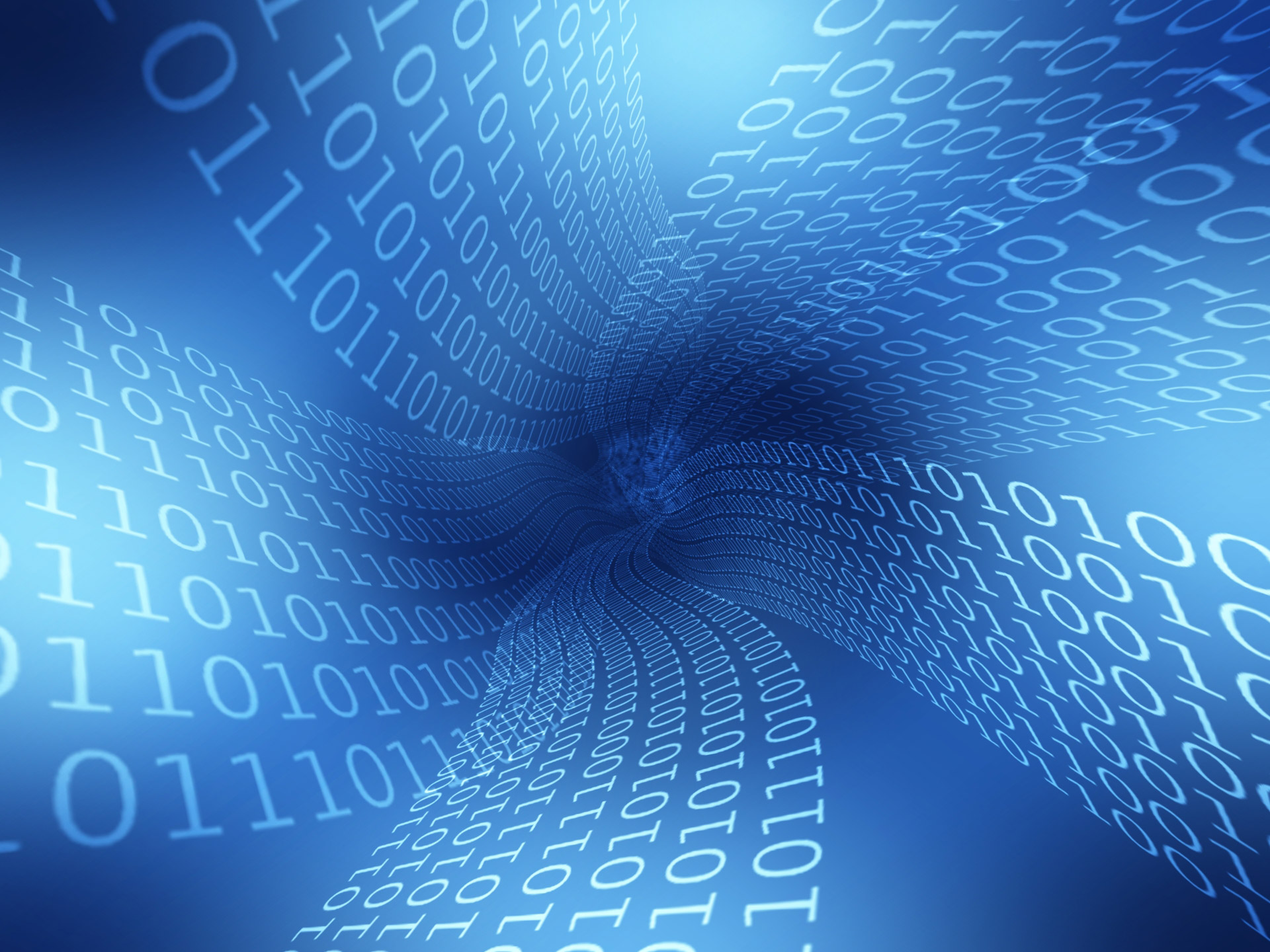When it comes to precise scientific experimentation, recording and analyzing liquid measurements is crucial. This procedure ensures integrity in data collection, ultimately enhancing the reliability of results. In this article, we delve into various methods and best practices for effectively managing liquid measurements in a way that is both efficient and accurate.
Understanding Liquid Measurements
Liquid measurements encompass a range of techniques utilized to quantify volume, mass, and density of liquids. The most common units of measurement include liters, milliliters, and cubic centimeters. Each unit serves a specific purpose, tailored to various contexts such as laboratory experiments, culinary applications, and industrial settings. Understanding the underlying principles of these measurements is indispensable for ensuring accuracy.
Types of Liquid Measurement Tools
Before diving into the intricacies of recording and analyzing data, it is essential to familiarize oneself with the tools at hand. Different measuring instruments provide unique functionalities that cater to diverse needs.
- Graduated Cylinder: A staple in laboratories, graduated cylinders offer precise measurements with clear markings. Their tall, slender design minimizes parallax errors, making them ideal for accurate volume readings.
- Pipette: This slender tool is indispensable for transferring small quantities of liquid. Pipettes come in varied styles, including single-channel and multi-channel, to accommodate different experimental designs.
- Burette: Typically used in titration processes, burettes allow for controlled dispensing of liquid. The stopcock feature enables gradual release, crucial for achieving precise chemical reactions.
- Volumetric Flask: Designed for preparing solutions, volumetric flasks ensure accurate measurement of a specific volume when filled to the mark. This is particularly important in analytical chemistry.
Recording Liquid Measurements
Accurate recording is paramount. It is not enough merely to obtain figures; one must also document them meticulously.
Here are several strategies to improve the accuracy of recording liquid measurements:
- Use of Standardized Notation: Adopting a consistent format for recording measurements can significantly reduce confusion. For instance, when documenting, always accompany numerical data with appropriate units, such as “25 mL” instead of “25.”
- Decimal Precision: In scientific contexts, rounding can lead to substantial errors. Therefore, utilize as many decimal places as the measurement tools allow. For example, record liquid volumes as “25.00 mL” instead of “25 mL.”
- Visual Aids: Employ charts or spreadsheets to visually arrange measurements. Graphical representations facilitate easier comparison and deeper analysis. Additionally, digital tools frequently offer error-checking features that enhance accuracy.
Analyzing Liquid Measurements
Collecting measurements is just the initial step. The real value lies in the analysis. Once you have your data documented, consider the following analytical techniques:
- Statistical Analysis: Applying statistics can unveil patterns and outliers in your data. Techniques such as mean, median, and standard deviation provide insight into the reliability and variability of your measurements.
- Trend Analysis: Over time, observing trends can reveal significant insights. Analyze how certain variables, such as temperature or time, influence liquid measurements. This can also gauge the performance of components within an experiment.
- Graphical Representation: Transform numerical data into visual formats. Using graphs, charts, or histograms can highlight relationships between different liquid measurements that might remain hidden in raw data.
Common Pitfalls to Avoid
To maintain the integrity of your measurements and analyses, be mindful of common errors that may undermine your work:
- Inaccurate Calibration: Always check that your measuring instruments are calibrated correctly. Routine calibration ensures consistent results across multiple experiments.
- Temperature Variation: Liquid volume is sensitive to temperature changes. Ensure that you account for this variable when interpreting data, especially in temperature-varying environments.
- Ignoring Environmental Factors: External conditions, such as humidity and atmospheric pressure, can impact liquid behavior. Make an effort to minimize these variabilities during experimentation to obtain the most reliable results.
Utilizing Technology in Liquid Measurements
The advent of technology has transformed the landscape of liquid measurement significantly. Ranging from sophisticated sensors to software solutions, innovative tools can enhance measurement accuracy and data analysis efficiency.
- Digital Measuring Devices: Electronic liquid measurement tools, such as electronic burettes, reduce human error associated with manual readings, enhancing precision.
- Data Logging Software: Employing data loggers can automate the recording of liquid measurements over time, allowing for deeper and more comprehensive analyses without the risks of human error.
- Mobile Applications: Several apps are designed specifically for scientists and researchers to track liquid measurements. These platforms often come equipped with analytics tools that simplify the interpretation of results.
Conclusion
Recording and analyzing liquid measurements involves more than merely gathering data. By employing a structured approach that incorporates the right tools, standardized documentation methods, effective analysis techniques, and an awareness of potential pitfalls, one can achieve a high level of accuracy and reliability. As technology continues to evolve, so too will the possibilities for capturing and analyzing these measurements effectively, paving the way for innovation and discovery across various fields.
